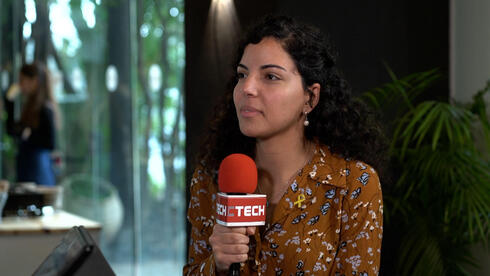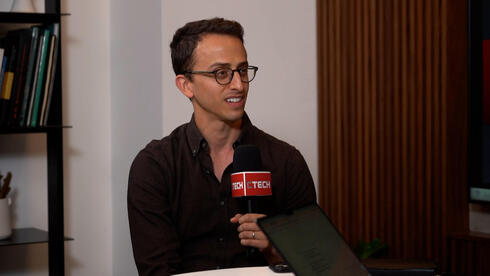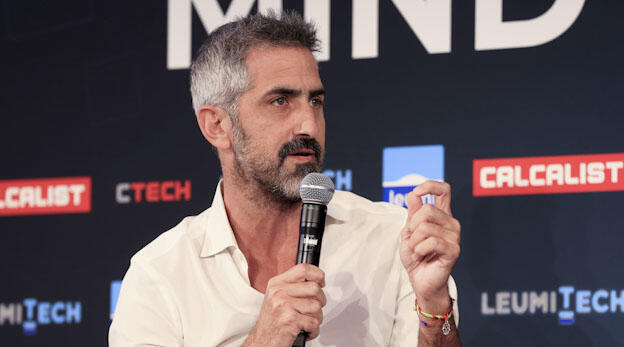
AI at work: Executives are ready, employees aren’t
Microsoft’s new global report reveals a widening gap in workplace adoption of artificial intelligence.
Everyone is talking about the AI revolution—about artificial intelligence agents—but on the ground, among employees, it doesn’t seem to be happening just yet. Unlike previous waves of technology, the AI revolution is coming from the top down: from managers to employees, not the other way around.
“Managers are the ones adopting the technology because they understand the organization, the business needs, and the potential,” says Dr. Tomer Simon, Chief Scientist of Microsoft Israel R&D. The flood of CEO statements urging employees to embrace AI—or be replaced—only reinforces that point.
Microsoft’s annual Work Trend Index, released on Wednesday, shows that 67% of executives are familiar with AI agents, compared to just 40% of employees. Additionally, 79% of executives believe AI will help them advance their careers, compared to 67% of employees.
“There’s a wave coming, and many people in Israel don’t see it, but it’s already happening,” Simon says. According to the report, 46% of executives say their organizations are already using AI agents to fully automate business processes such as customer service, marketing, and product development.
“This is the fastest adoption of enterprise technology we’ve seen—70% of Fortune 500 companies are already using Microsoft Copilot and other AI tools,” Simon adds.
One-third of executives are also considering reducing their workforce, but 78% are looking to hire for new AI-related roles. “Executives understand the processes. They know how to operate the tools and even build AI agents. But now we need change from the bottom up for real organizational transformation to happen,” he says.
Managers expect their teams to train (41%) and manage (36%) AI agents within five years, but this expectation is not yet reflected in the implementation of training or tool adoption across most organizations.
“The responsibility for career development lies with the employee, but it’s a shared responsibility. Organizations must provide training and support upskilling. There's no expectation that employees should pay for it out of pocket. Microsoft, for example, offers free training platforms for any role and skill. For those who want to switch roles or grow, the tools are there—but so is the shared responsibility,” says Simon.
Simon likens the slow adoption of AI tools to a child running breathlessly beside a bicycle. A police officer asks him why he's not riding it, and the child responds: “I don’t have time to get on the bike.”
“We all have bikes now—electric bikes, racing bikes—that can help us work differently and more efficiently. There are great opportunities for personal growth, team improvement, organizational progress, and even national transformation. But it takes curiosity, determination, and the willingness to learn. Leadership understands this, but 80% of employees say, ‘We’re too busy.’ Sometimes, it’s better to stop, learn how to ride, and move forward.”
The report reveals that while 53% of managers say productivity needs to increase, 80% of the global workforce says they don’t have the time or energy to do their current jobs properly.
Another finding: employees are interrupted on average every two minutes by meetings, emails, or notifications—amounting to 275 distractions per day. AI, for all its promise, risks becoming just another source of this ‘noise.’ The challenge, Simon says, is for AI to help reduce the overload, not add to it.
“We, as humans, need to focus on decisions and actions—on understanding and insight. AI can help us with that. It can manage the noise with us. But in the end, it’s still our responsibility. The AI can prepare the presentation—but we have to deliver it. It can help us decide—but we must make the decision. And act on it,” Simon concludes.
The report is based on a global survey of 31,000 people across 21 countries, usage data from Microsoft 365, and hiring trends from LinkedIn.














